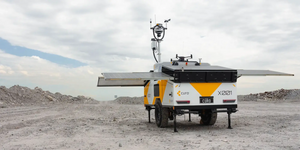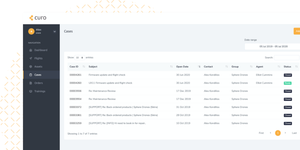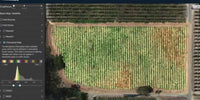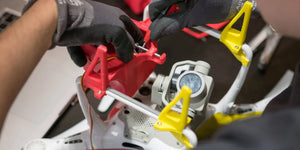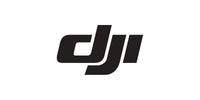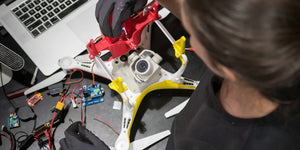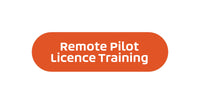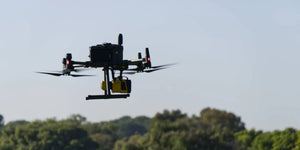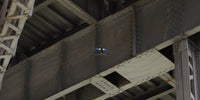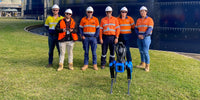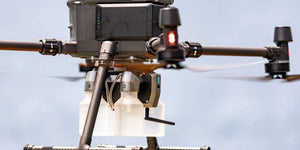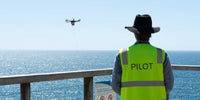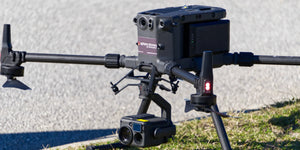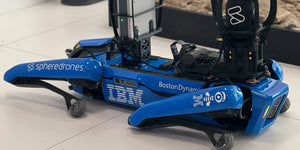Despite COVID‑19-related delays and temporary halts in construction, renewables are on track to overtake coal to become the largest source of electricity generation worldwide by 2025. With wind power expected to contribute almost 30 percent of all renewable capacity additions through 2025, it is imperative that wind farm owners keep the turbines functioning at peak capacity and extend the viable lifespan of their three-bladed assets to maximise the ROI.
Why inspect wind turbines?
Hail, snow, lightning, rain, salt, and dust are just some of the things that wind turbine components are forced to endure daily. In addition to this environmental stress, a turbine blade may also get damaged due to factors like extreme load buckling or manufacturing defects leading to debonding.
Current inspections
There are a few ways wind turbines are currently inspected. The first, which is by ground is the safest way to do it by keeping all personal on the ground and using a zoom camera to visually inspect the turbine. This isn't the best for data quality as it heavily relies on the equipment being used and creates for a time-consuming inspection.
The second one is by rope or platform. The workers will climb up the inside of the wind turbine and come out on the top to then rappel down to inspect it from the air. Not only is the dangerous, but it also increases company costs and only allows for up to two turbines per day to be inspected - way to slow.
Using drones
In Greece, energy company Eunice Energy Group (EEG) has turned to DJI's Matrice 300 RTK equipped with the Zenmuse H20T with up to 23x optical zoom. The drone allows all personal to stay on the ground, company costs to be reduced, inspection times shortened, and most importantly for the quality of data to improve.
The Matrice 300 and H20T allows the EEG to capture high quality images and videos of its wind turbines, with the added benefit of a laser range finder and thermal camera for even more data.
Source: DJI
